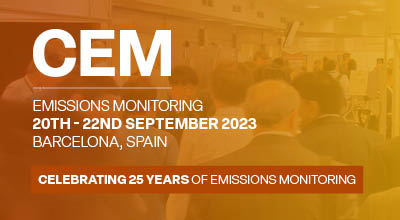Steaming Towards Improved Maritime Air Quality
For several years, the International Maritime Organisation (IMO) has stipulated low levels of sulphur emissions close to densely populated coastal areas, such as the English Channel and the coastal waters off the United States. As from the 1st of January 2020, lower sulphur emission levels in the
IMO regulations became effective worldwide and the measures to monitor and reduce NOx emissions were also tightened. This will bring marine air pollution control more closely in line with smokestack industries such as power plants and refineries where continuous emissions monitoring systems
(CEMS) have been used for decades to measure and mitigate NOx and SO2 emissions.
No more smog in Sydney
Some of the world’s most beautiful cities are blessed with an ocean setting or sit on the banks of a navigable river. Places such as Auckland, Bangkok, Brisbane, Singapore, Shanghai and Sydney and Wellington might spring to mind. Through history, these cities have grown as centres of trade due to their maritime connections. Shipping in some of these locations, such as Shanghai, has predominantly moved out of the city centre to the Yangshan Deep Water Port close by. However, some other densely populated cities such as Sydney are still very much in the heart of the active port. From a public health and air quality perspective active port cities will be some of the biggest winners with the implementation of the IMO 2020 marine emissions standards. Populations located close to busy shipping lanes, such as the Straits of Malacca between Indonesia and Malaysia, will also feel the benefit of improved air quality resulting from cleaner smokestack emissions from the circa 70 ships that steam through the Straits each day as they move goods between East Asia and the Middle East or Europe.

